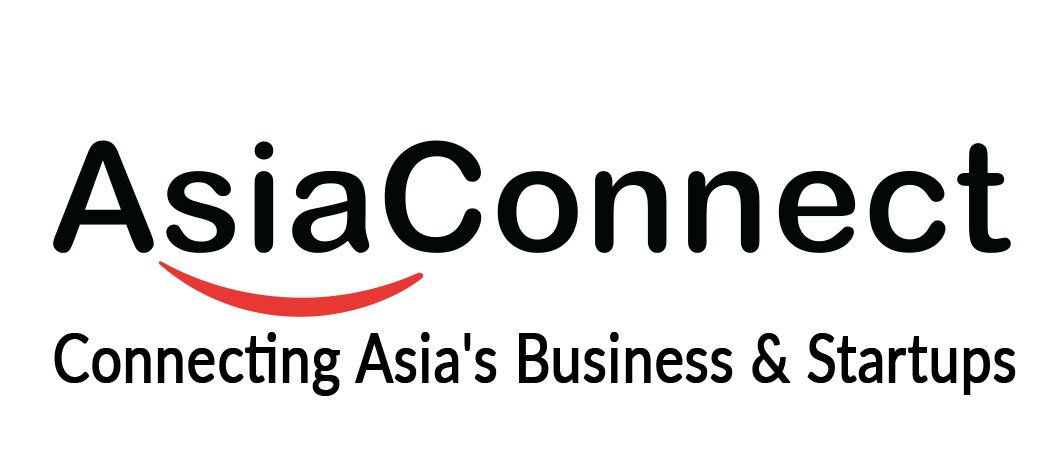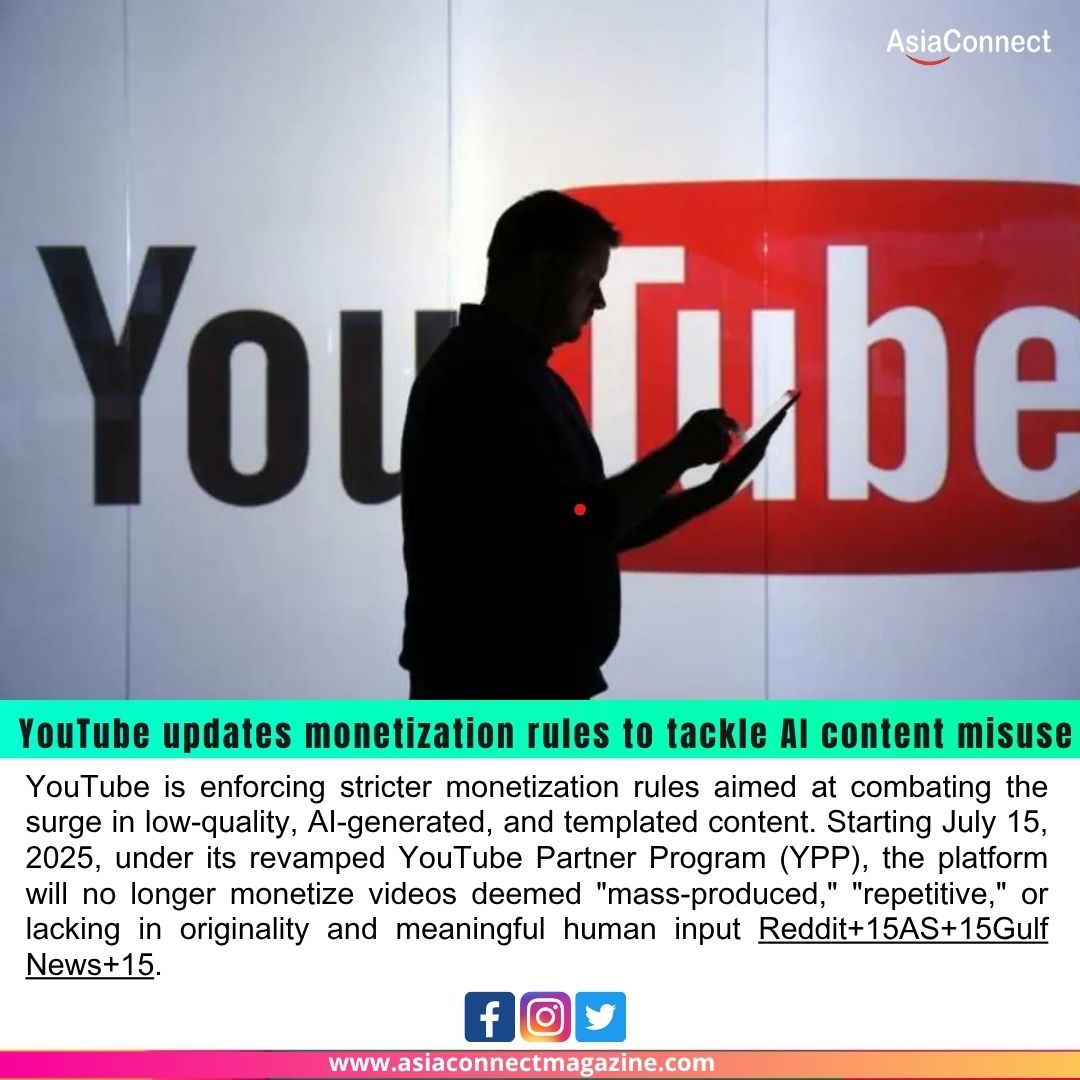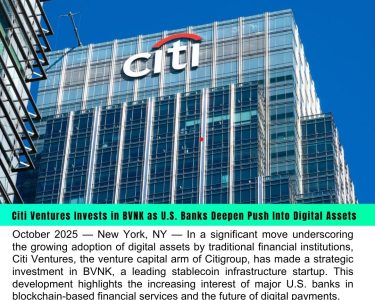YouTube is enforcing stricter monetization rules aimed at combating the surge in low-quality, AI-generated, and templated content. Starting July 15, 2025, under its revamped YouTube Partner Program (YPP), the platform will no longer monetize videos deemed “mass-produced,” “repetitive,” or lacking in originality and meaningful human input Reddit+15AS+15Gulf News+15.
🔍 Why This Change?
Over recent months, YouTube has been flooded with channels that rely heavily on generative AI—auto-narrated slideshows, recycled clips, synthetic voices, and fake trailers. These videos, often called “AI slop,” dominate search results but deliver little value to viewers The Verge+1India Today+1.
YouTube states that “original and authentic content” has always been key for monetization. The update primarily aims to clarify enforcement—not change the fundamentals—but challenges the rise of automated content farms .
🛑 What’s Now Ineligible for Monetization?
According to guidelines from India Today, Gulf News, and TechCrunch, the following formats fall under the crackdown :
- Mass-produced videos: Large volumes of templated content, scripted and automated with low human creativity.
- Repetitive formats: Shorts or clips that are structurally identical, lacking transformation or originality.
- AI voiceovers & faceless videos: Content narrated with synthetic voices or lacking creator presence or personal commentary.
- Unaltered third-party content: Clips repurposed with minimal editing or context.
Even minor edits—like cropping or color changes—won’t qualify as “transformation.” Videos must include significant original input Reddit+12Gulf News+12siddhesha.com+12News9live.
💡 What’s Still Allowed?
YouTube reassures that truly transformative or original content remains eligible, such as:
- Vlogs, tutorials, educational explainers, and commentary with personal voice and insights.
- Creative animation, sketches, or documentary-style content with clear human craft.
- Reaction videos that offer substantive critique and meaningful context India TodayNews9live+1siddhesha.com+1Daily Pakistan English NewsGulf News.
👥 Who’s Affected Most?
Channels most likely to lose monetization include:
- Faceless “cash cow” channels using AI scripts and stock visuals.
- Compilation/clip channels that add no commentary or analysis.
- Fake-trailer generators using AI to create mock previews of real or upcoming films Khabar Pehle+1siddhesha.com+1Vowel Digital Adworld+9India Today+9siddhesha.com+9Reddit+5Daily Pakistan English News+5Cinco Días+5The Verge.
Enforcement involves a mix of algorithmic detection and human reviews at both video and channel levels wired.com+2Daily Pakistan English News+2DesignRush+2.
✅ How Creators Can Adapt
Creators are urged to:
- Audit existing content and remove or update repetitious, low-effort videos.
- Add human elements—use your own voice, persona, or on-camera presence.
- Use AI as a tool, not a thief—enhance, don’t automate; disclose AI use transparently Indiatimes+15siddhesha.com+15axios.com+15Gulf News+1axios.com+1.
- Focus on value by delivering useful insights, storytelling, or engaging creativity.
- Explore varied formats, like live streams, collaborations, interviews, or series with personality and uniqueness siddhesha.com.
🌟 Final Takeaway
This policy update marks a pivotal move by YouTube to preserve authenticity and advertiser trust. It’s not an AI ban—it’s a stance against uninspired content farming. For creators committed to originality, the change presents an opportunity: less noise, more visibility, and cleaner monetization pathways.
Content crafted with creativity, effort, and genuine human imprint remains firmly in YouTube’s good graces. Now is the time for platforms to humanize their content, and for creators to reclaim the spotlight by investing in quality over quantity.





